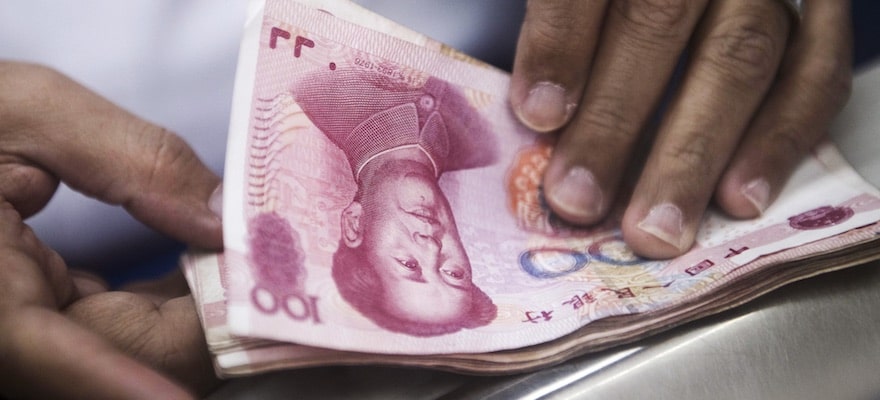SWIFT has released the latest data report from its renminbi (RMB) tracker, outlining a monthly snapshot in the currency’s usage. The latest statistics show a somewhat stalled picture for the RMB, which over the past year has failed to grow its clout as an international currency.
Discover credible partners and premium clients at China’s leading finance event!
According to the latest data from the RMB Tracker, the Chinese currency places fifth in terms of most active currencies for domestic and international Payments by value in January 2018. This corresponded to a figure of 1.66 percent, virtually unchanged from 1.68 percent in January 2017. The lack of change constitutes a multi-year decline for the RMB, which has now seen its share fall in successive years.
Back in 2016 for example the RMB topped out at a 2.45 percent share, having now retreated a full 32.2 percent in usage since then. Several factors have been attributed to this trend, including diminished usage in terms of institutional payments. Indeed, the RMB fell below the Australian dollar (AUD) with these payments in January 2018, coming in at just 1.07 percent last month. This represents a fall of 37.0 percent from January 2016.
Delving further into the data, Hong Kong remains the top clearing center for the RMB, reflecting 75.0 percent of the market. By extension, the UK and Singapore round out the second and third spot at 5.85 percent and 5.07 percent respectively. The UK-Chinese connection remains strong – earlier this month upwards of eight Chinese banks linked up with London as the R5-SHCH Connect went live.
It’s hard to pinpoint what precisely explains the downward trending metrics of the RMB’s progress over the past two years. Since 2010, the RMB had seen a strong uptick in its usage, namely in terms of institutional payments.
However, it should be noted that the recent decline has coincided with the staunch rise of Cryptocurrencies as payments, which could have impacted RMB usage. Many individuals have taken the opportunity to move away from fiat currencies, opting for more decentralized options. While this is not exclusive to RMB users, the trend has grown stronger over the past year, which has seen the meteoric rise of Bitcoin and other currencies arrive in the mainstream payments space.

















